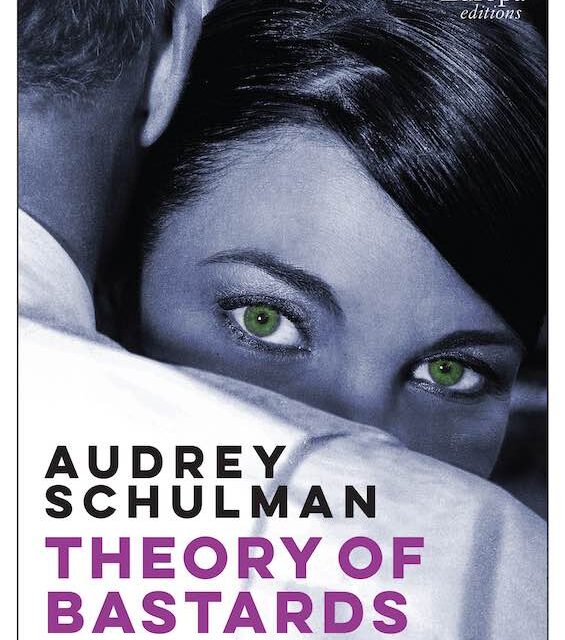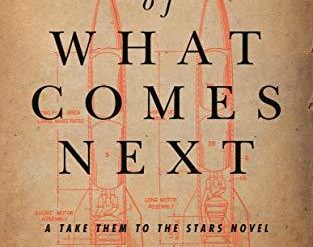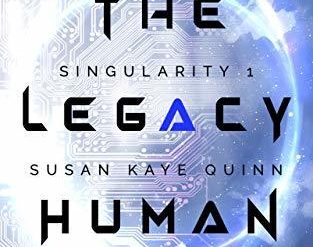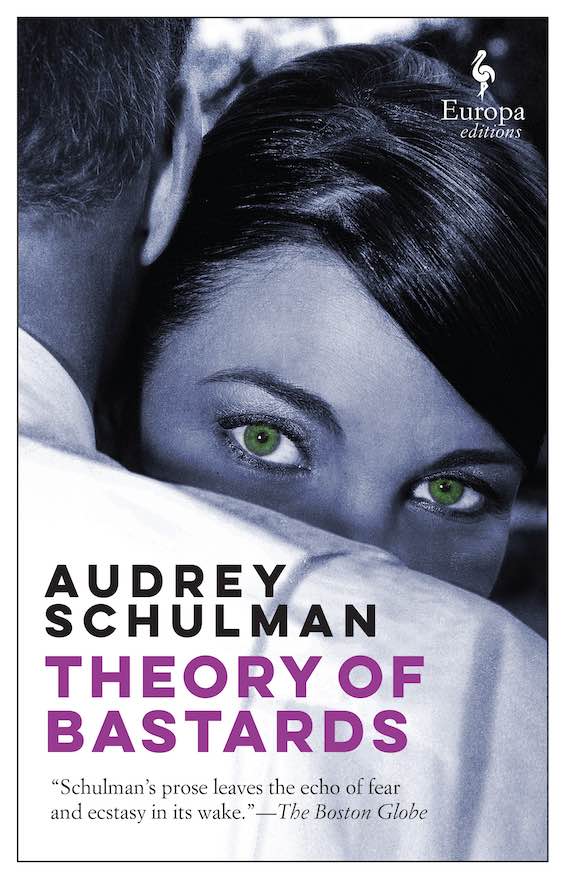
Don’t be misled by the provocative title. The “Theory of Bastards” in Audrey Schulman’s artful near-future novel has nothing to do with offensive or disagreeable people. The protagonist is Dr. Frankie Burk, an evolutionary biologist. And she is researching patterns of pairing among bonobos, a species of ape closely related to chimpanzees as well as humans. She theorizes that at least ten percent, perhaps even fifty percent, of the apes’ offspring come not from the monogamous couples among them but from illicit sex outside the “marriage.” And somehow this off-the-books pairing gives the species an evolutionary advantage. Which, she believes, may be true of humans as well. And, shortly after winning a MacArthur Foundation “genius” grant, Frankie has taken a job on the staff of the Great Ape Trust an hour outside Kansas City to study a population of seventeen bonobos. Little does she know what’s in store for her.
Estimated reading time: 4 minutes
A disagreeable researcher among friendly and loving apes
When Frankie arrives at the Foundation, as the Trust is known, she is in a wheelchair. At age thirty-three, she has undergone surgery for fourth stage endometriosis, which, she’s told, has given her “an eighty-five percent chance of recovery, not from the disease, just the symptoms.” She continues to suffer great pain on occasion, but as time goes by she manages to walk a little more each day. And in the course of the novel we learn about the history of Frankie’s disease, which long went undiagnosed. But it’s hard to see why, other perhaps than as an explanation for the difficulty Frankie experiences in relating to other people. She is a loner, and often cranky. But her character and the disease have nothing to do with the climactic events in the novel. And, yes, there is a climax, one that could hardly be more dramatic.
Theory of Bastards by Audrey Schulman (2018) 416 pages ★★★★☆
Winner of the Philip K. Dick Award for Best Novel
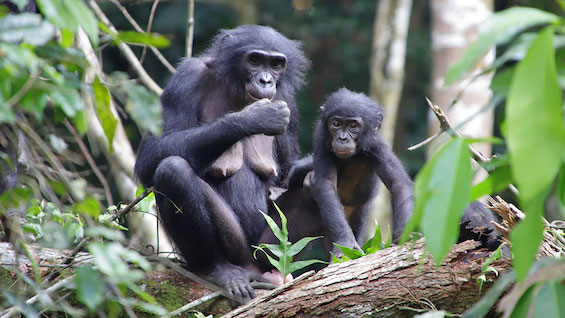
A near-future novel brimming with new technology
Schulman has outdone herself in building this near-future world. The Internet has been supplanted by Quark, which incorporates artificial intelligence that allows it to answer any question. And people communicate by Sim-mail or, more directly, by Quarking, triggering messages by speaking for the benefit of the implanted “Bindi” on their forehead. Almost everyone over the age of six has one, with a corporate logo to display its manufacturer. And every door opens without a touch when anyone says, “OK, Bindi, open.” Every adult also wears contact Lenses, which are equipped with augmented reality and serve in place of computer screens. Gestures move objects or text on the Lenses. And desktop icons and data show around the margins of the Lenses, enhancing viewers’ understanding of the environment and allowing them to open apps for games and specialized tasks.
A yawning gap continues to divide the ultra-rich from everyone else. Those with the means who can afford expensive genetic or surgical augmentation gain enormous advantages.
Meanwhile, the human race has moved closer to self-destruction. Wars rage around the world. The rising seas and searing heat drive refugees by the millions. Dust storms bedevil the Midwest, where the Foundation is located. And no system built on technology is safe from malware. “For more than a decade, computer viruses had been polymorphic: able to change themselves to avoid detection, rewriting their own code to appear part of the program they’d infiltrated.” And the worst of these viruses, the ones that wreak havoc on large systems, are known as “poly-roaches.”
The future does not look bright for humanity.
About the author
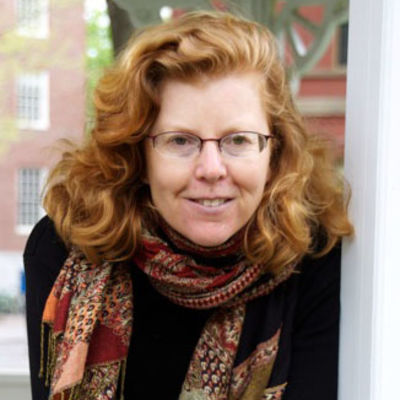
Audrey Schulman was born in Canada in 1959 but emigrated with her family to the United States at a young age. Wikipedia describes her as American and an environmental activist. She is the author of six novels, most of which appear to be about the interaction of humans and animals. She now lives in Cambridge, Massachusetts, with her family and helps run an energy-efficiency nonprofit.
For related reading
You’ll find other great novels in a similar vein at The top 10 dystopian novels.
For more good reading, check out:
- These novels won both Hugo and Nebula Awards
- The ultimate guide to the all-time best science fiction novels
- 10 top science fiction novels
- 10 new science fiction authors worth reading now
And you can always find my most popular reviews, and the most recent ones, on the Home Page.

